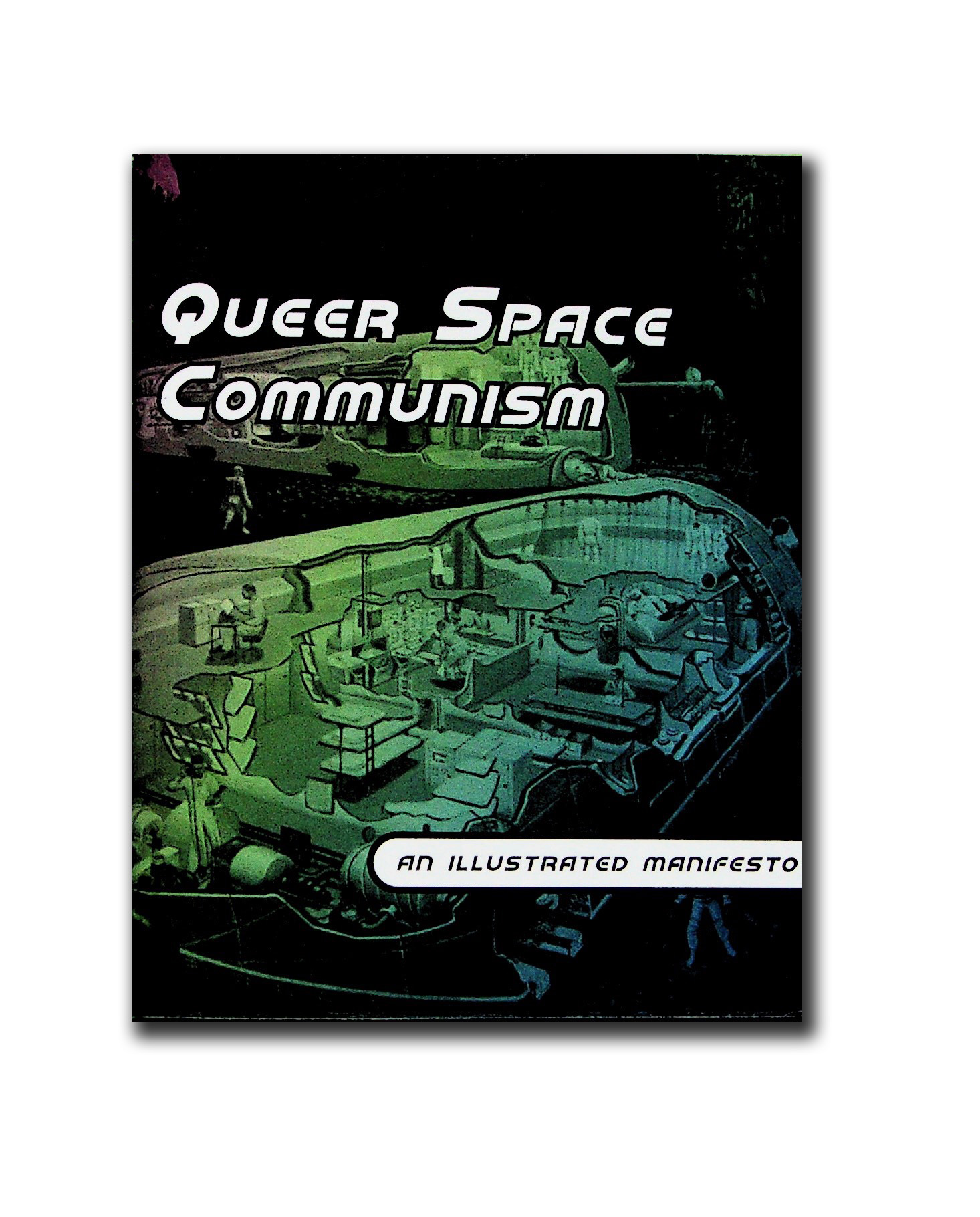 Today is World AIDS Day, and while we’re not “celebrating”, per se, we are acknowledging the day, and the incredible impact this stupid fucking virus has had on our lives, our friends, our communities, and the whole damn world. In this vein, we present Sex Panic! – The Zine by the fine activists of Sex Panic!
Today is World AIDS Day, and while we’re not “celebrating”, per se, we are acknowledging the day, and the incredible impact this stupid fucking virus has had on our lives, our friends, our communities, and the whole damn world. In this vein, we present Sex Panic! – The Zine by the fine activists of Sex Panic!
This 40 page, digest size zine from 1997 is a collection of essays about how the anti-sex policies and politics of the 1980s and 1990s (and into the current millennium) have had a huge negative impact on queer communities. While the zine’s focus, at least initially, is on New York City, it’s contents is applicable much more broadly.
This is an incredible document, up there with Diseased Pariah News and How to Have Sex in An Epidemic in terms of DIY community-based communication about AIDS. Essayists include Douglas Crimp*, Dr. Joseph Sonnabend, Allan Bérubé, Lisa Duggan, Alison Redick, and Jim Eigo, among others.
We’ll be bringing this, along with a bunch of other AIDS activist ephemera, to the panel talk that we’re participating in with our friends from Gerber/Hart and Chicago Public Library on Monday, Dec. 5th, 2022.
*Doug Crimp was also one of the authors of AIDS Demo Graphics, which documents the first couple of years of ACT UP visuals, and has been a huge influence on us and scores of queer zine makers around the world.

 At the beginning of November we quietly celebrated the 19th anniversary of the launch of qzap.org. Back in 2003 we had no idea that this project would last as long or be as meaningful to so many amazing folks as it has become.
At the beginning of November we quietly celebrated the 19th anniversary of the launch of qzap.org. Back in 2003 we had no idea that this project would last as long or be as meaningful to so many amazing folks as it has become.

 Even before the COVID-19 pandemic began we were thinking about trying to write a thing about zines that talk abut using herbs and DIY abortion. Then came the pandemic, and in the U.S., the confirmation of another anti-abortion supreme court justice, who, it’s speculated, will work to overturn the 1973 Roe vs. Wade decision that legalized pregnancy termination.
Even before the COVID-19 pandemic began we were thinking about trying to write a thing about zines that talk abut using herbs and DIY abortion. Then came the pandemic, and in the U.S., the confirmation of another anti-abortion supreme court justice, who, it’s speculated, will work to overturn the 1973 Roe vs. Wade decision that legalized pregnancy termination. Wow! It’s been almost a year since we’ve posted anything to the blog. And what a fucking year. As we’re still in the midst of a global pandemic, we’re not doing a whole lot these days. At least, not in person. Luckily, online events are a thing right now, and we’re super happy to participate in them.
Wow! It’s been almost a year since we’ve posted anything to the blog. And what a fucking year. As we’re still in the midst of a global pandemic, we’re not doing a whole lot these days. At least, not in person. Luckily, online events are a thing right now, and we’re super happy to participate in them. It seems like a lifetime ago, but it has really only been about two months since we partnered with our friends at the
It seems like a lifetime ago, but it has really only been about two months since we partnered with our friends at the  We honor the legacy of gay comics artist Howard Cruse, who died on November 26, 2019, and share our condolences with his husband, daughter, and chosen family.
We honor the legacy of gay comics artist Howard Cruse, who died on November 26, 2019, and share our condolences with his husband, daughter, and chosen family. 
 In 1992, the drag queen Joan Jett Blakk ran for presidential office with backing from Queer Nation. Using the slogan “Lick Bush in ‘92,” Blakk’s campaign brought national attention to issues impacting queer communities, particularly the AIDS epidemic that the federal government was completely ignoring1.
In 1992, the drag queen Joan Jett Blakk ran for presidential office with backing from Queer Nation. Using the slogan “Lick Bush in ‘92,” Blakk’s campaign brought national attention to issues impacting queer communities, particularly the AIDS epidemic that the federal government was completely ignoring1. In an article entitled “Every Breathing Moment,” Michael Palmer describes the institutional violence enacted against trans bodies. Palmer writes about endless visits to doctors who challenged his identity as a trans man and refused to provide top surgery. He writes that “listening” to doctors or family would have meant turning toward death. Palmer describes breathing as a radical act—an assertion of life in institutional spaces that negate trans lives.
In an article entitled “Every Breathing Moment,” Michael Palmer describes the institutional violence enacted against trans bodies. Palmer writes about endless visits to doctors who challenged his identity as a trans man and refused to provide top surgery. He writes that “listening” to doctors or family would have meant turning toward death. Palmer describes breathing as a radical act—an assertion of life in institutional spaces that negate trans lives.